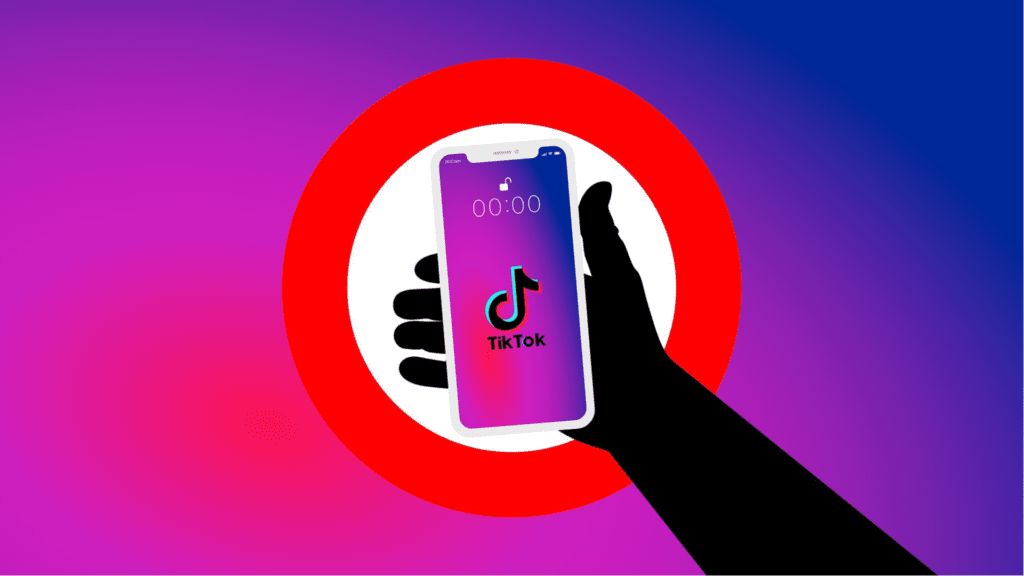TikTok: The Rise, Influence, and Future of a Social Media Powerhouse

TikTok has quickly become one of the most influential social media platforms worldwide, reshaping digital content, entertainment, and even everyday communication. Launched internationally in 2018, the app’s impact has grown rapidly, especially among younger generations, turning TikTok into a cultural phenomenon. This article will explore TikTok’s appeal, its unique content style, impact on society, and some key challenges it faces in maintaining its popularity.
The Appeal of TikTok: What Sets It Apart?
TikTok’s success is largely due to its innovative short-form video format, which captures attention immediately. Unlike other platforms, TikTok’s videos are typically 15 to 60 seconds long, allowing users to quickly engage with content and swipe through various topics effortlessly. This “bite-sized” content fits perfectly with the fast-paced digital habits of today’s users, catering to a generation used to quick entertainment and multi-tasking.
The For You Page (FYP) is another key feature that has set TikTok apart from other social media platforms. Powered by a sophisticated algorithm, the FYP curates content based on individual user preferences, making it easier to discover videos that match their interests. This approach creates a highly personalized experience, encouraging users to spend more time on the app. Even new users can gain exposure on the FYP, which democratizes content visibility and has attracted a diverse user base.
The Power of Trends and Challenges
TikTok is known for its viral trends and challenges, which often take on a life of their own. These trends can range from dances, lip-syncing videos, and comedic skits to social challenges that encourage users to participate and create their unique versions. This participatory culture has not only made TikTok more engaging but also helped build communities within the app. Many trends extend beyond TikTok, influencing fashion, music, and even lifestyle choices worldwide.
Challenges, such as the “Flip the Switch” challenge or various dance trends, create a sense of unity and encourage users to interact with others across the globe. This has helped TikTok become not only a platform for passive entertainment but also a space for creativity, collaboration, and connection. The viral nature of these challenges has also created opportunities for brands to engage with audiences in fun and authentic ways.
TikTok’s Impact on Music and Culture
One of the most striking aspects of TikTok’s influence is its impact on the music industry. The app has helped launch numerous songs to the top of global charts by promoting short, catchy snippets of music. Artists like Doja Cat, Lil Nas X, and Olivia Rodrigo owe much of their fame to TikTok, where their songs went viral before hitting mainstream radio or streaming platforms. Record labels now actively monitor TikTok to identify emerging hits, transforming the platform into a major player in the music industry.
Beyond music, TikTok has become a space for cultural expression and the promotion of social issues. Many users leverage the app to spread awareness about important causes, such as climate change, mental health, and social justice. TikTok has enabled users, particularly younger people, to voice their opinions, educate each other, and mobilize around issues they care about. The platform’s influence on culture is evident in everything from beauty and fashion trends to lifestyle habits and language.
The Business Side of TikTok: Monetization and Advertising
With its massive reach, TikTok has become an attractive space for advertisers and influencers. TikTok offers in-app advertisements, brand partnerships, and a unique Creator Fund, which allows content creators to earn money based on the performance of their videos. Influencers on TikTok are also able to monetize their following through sponsored content and brand endorsements. As TikTok’s user base continues to grow, more brands are investing in TikTok marketing to reach their audiences through innovative campaigns that often go viral.
Unlike traditional social media platforms, TikTok ads are designed to feel more organic and fit seamlessly within the user’s feed. This authenticity has proven successful, as users are generally more receptive to TikTok ads than standard online ads. With the rise of “shoppertainment,” or shopping through entertainment, TikTok is exploring new ways to integrate e-commerce, allowing brands to sell products directly through the app. This blend of social media and shopping could redefine the future of e-commerce.
TikTok’s Algorithm and Privacy Concerns
Despite its popularity, TikTok has faced criticism and controversy, particularly around data privacy. The app’s algorithm is exceptionally good at capturing user preferences, but this has raised concerns about the amount of personal data collected by the app. Because TikTok’s parent company, ByteDance, is based in China, governments in several countries, including the United States and India, have expressed concerns about potential misuse of user data.
In response to these concerns, TikTok has taken steps to increase transparency. For instance, the company has opened Transparency Centers where experts can inspect its data practices. The app has also enhanced privacy settings, especially for younger users, and introduced features to give users more control over their data. Nevertheless, privacy concerns continue to be a challenge, as global regulators examine the implications of such a widely used platform handling personal information.
TikTok’s Influence on Mental Health
The constant stream of content and the “like” culture on TikTok has sparked debates about mental health. Some argue that TikTok can lead to an unhealthy comparison culture, as users might feel pressured to create content or gain validation through likes and shares. The platform has recognized these challenges and introduced initiatives to promote mental well-being, such as providing resources and warnings for potentially triggering content.
Despite these concerns, many users also find positive mental health benefits on TikTok. Numerous accounts share mental health advice, self-care tips, and stories that can provide comfort and solidarity. In this way, TikTok has become both a source of entertainment and a support network for users, offering a space where people can discuss personal issues openly.
The Future of TikTok: What Lies Ahead?
TikTok’s future looks bright, but it faces several challenges that could impact its trajectory. First, increased regulatory scrutiny on data privacy and content moderation could influence the way TikTok operates, especially in markets like the U.S. and Europe. Additionally, competition from platforms like YouTube Shorts, Instagram Reels, and Snapchat Spotlight may push TikTok to innovate even further to retain its user base.
On the other hand, TikTok is actively developing new features and expanding its reach into e-commerce and gaming. The platform’s push toward live-streaming and interactive content shows a commitment to evolving its offerings and providing a more engaging experience. If TikTok continues to address privacy concerns and adapt to changing user needs, it is likely to remain a dominant force in social media.
Conclusion
TikTok’s journey from a new app to a global powerhouse has been nothing short of remarkable. Its unique format, engaging content, and powerful algorithm have redefined social media, influencing everything from music and fashion to the way people communicate. While it faces ongoing challenges, TikTok’s continued focus on innovation and engagement suggests that it will remain a central part of digital culture for years to come. Whether you’re a casual user, a content creator, or a brand, TikTok offers a space for creativity, connection, and influence that has become essential in today’s digital world.




